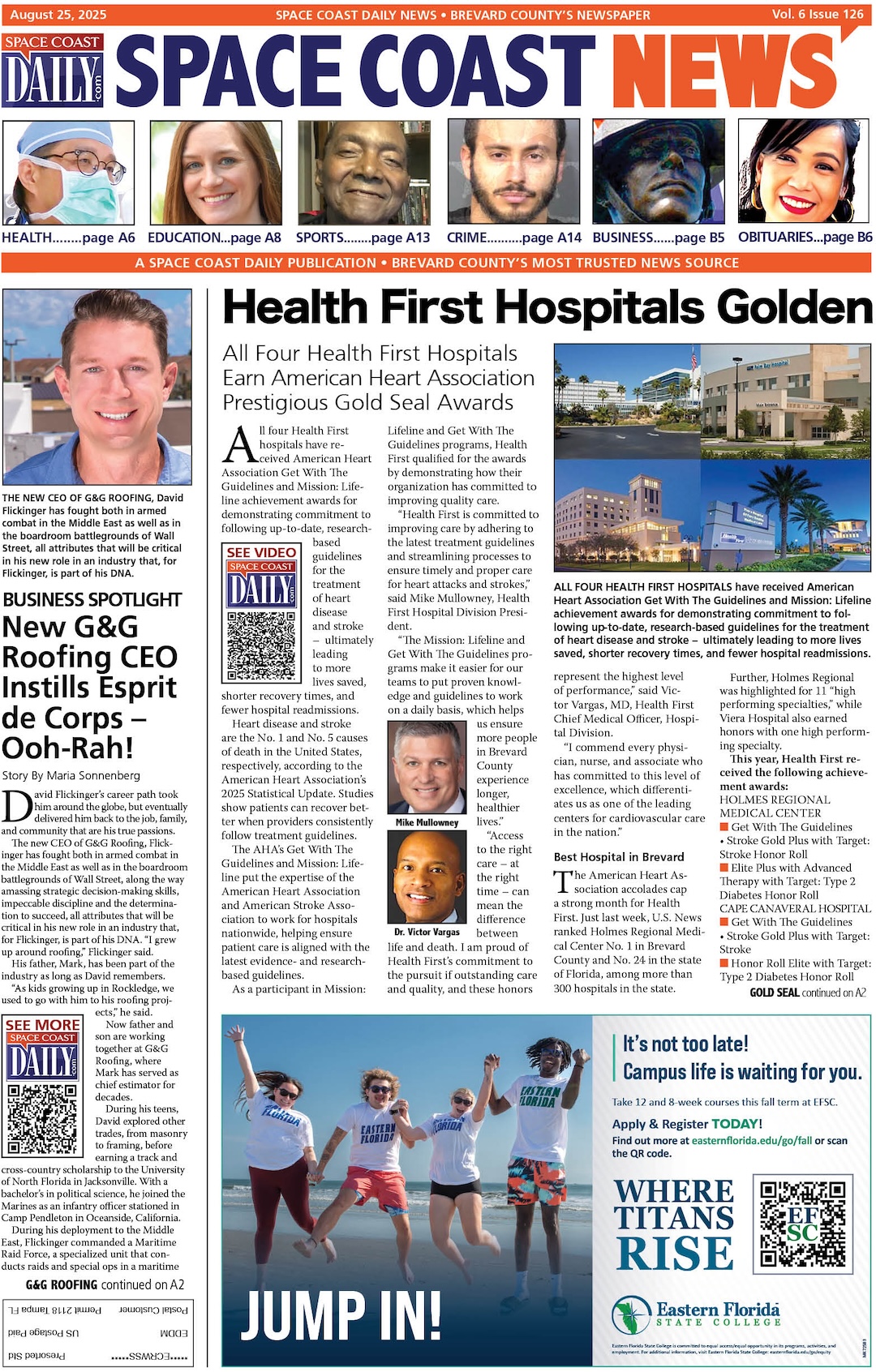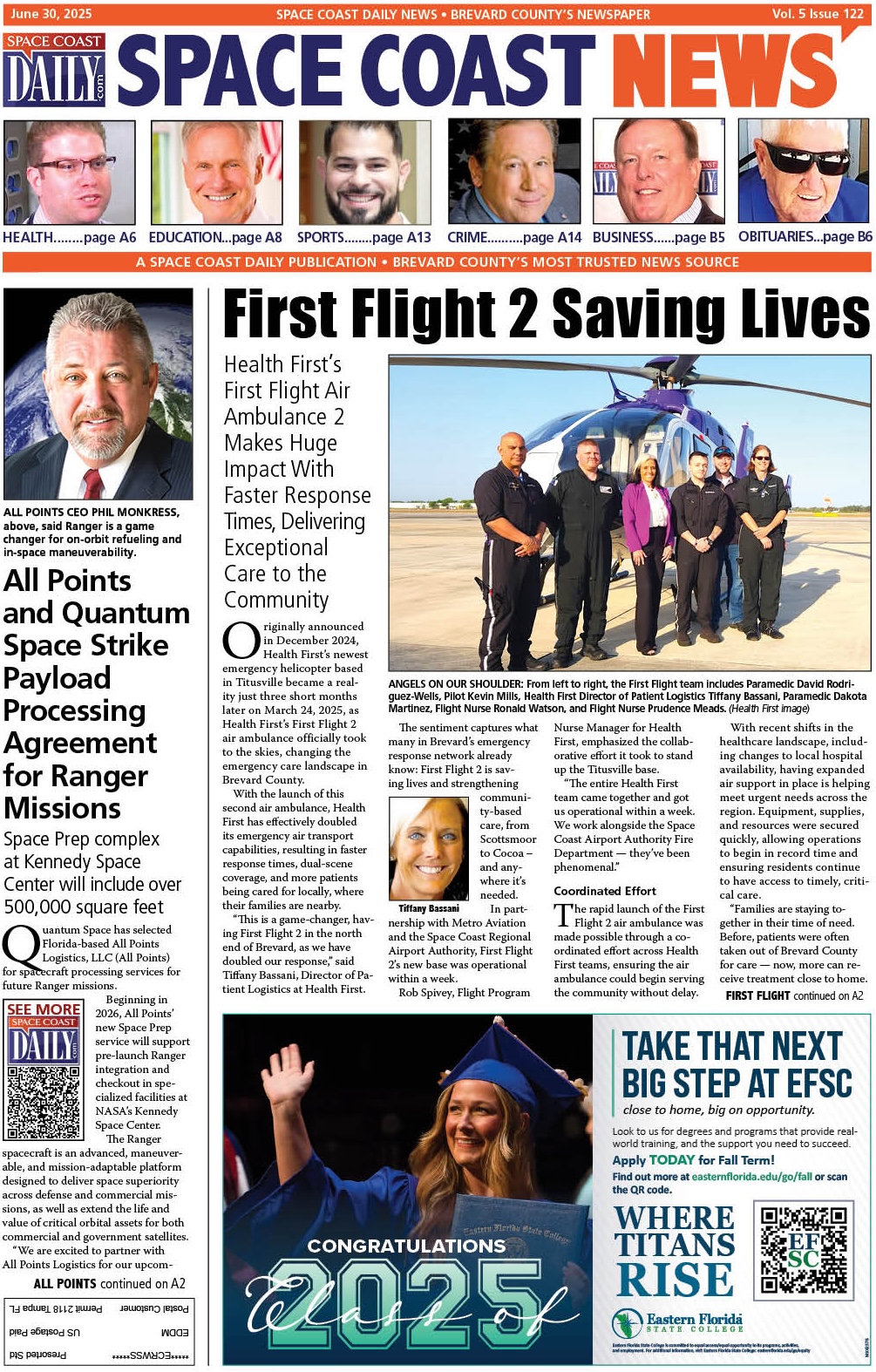WATCH: 10th Flight Test of SpaceX Starship Launches from Starbase, Texas
By Space Coast Daily // August 26, 2025
The launch window will open at 7:30 p.m. ET
Watch Starship’s tenth flight test → https://t.co/UIwbeGoo2B https://t.co/BFrpQPQFUw
— SpaceX (@SpaceX) August 26, 2025

STARBASE, TEXAS – SpaceX will attempt its 10th Starship test flight on Tuesday, August 26, at 7:30 p.m. ET after the launch was scrubbed on Sunday and Monday due to an issue with the liquid oxygen system at the launch site.
The mission, scheduled to lift off from Starbase, Texas, aims to test the Starship upper stage’s ability to land safely and perform in-flight experiments.
The launch was initially scheduled for Sunday, August 24, but was called off shortly before liftoff due to a ground system problem at the launch site.
What’s next: The company has corrected the ground system issue and will proceed with the launch if weather conditions and other factors are favorable.
Mission objectives include the Super Heavy booster to make a controlled water landing in the Gulf of America, as the Starship upper stage will continue into space to conduct in-flight experiments before attempting a controlled atmospheric reentry and landing.
A live webcast of the flight test will begin about 30 minutes before liftoff, which you can watch on spacex.com and on X @SpaceX.
You can also watch the webcast on the X TV app. As is the case with all developmental testing, the schedule is dynamic and likely to change, so be sure to stay tuned to our X account for updates.
After completing the investigations into the loss of Starship on its ninth flight test and the Ship 36 static fire anomaly, hardware and operational changes have been made to increase reliability. You can read the full technical summary of the investigations here.
The upcoming flight will continue to expand the operating envelope on the Super Heavy booster, with multiple landing burn tests planned.
It will also target similar objectives as previous missions, including Starship’s first payload deployment and multiple reentry experiments geared towards returning the upper stage to the launch site for catch.
The booster on this flight test is attempting several flight experiments to gather real-world performance data on future flight profiles and off-nominal scenarios.
The Super Heavy booster will attempt these experiments while on a trajectory to an offshore landing point in the Gulf of America and will not return to the launch site for catch.
Following stage separation, the booster will flip in a controlled direction before initiating its boostback burn.
This maneuver was demonstrated for the first time on Flight 9 and requires less propellant to be held in reserve, enabling the use of more propellant during ascent to allow for additional payload mass to orbit.

The primary test objectives for the booster will focus on its landing burn and utilize unique engine configurations.
One of the three center engines used for the final phase of landing will be intentionally disabled to gather data on the ability of a backup engine from the middle ring to complete a landing burn.
The booster will then transition to only two center engines for the end of the landing burn, entering a full hover while still above the ocean surface, followed by shutdown and drop into the Gulf of America.
The Starship upper stage will again target multiple in-space objectives, including the deployment of eight Starlink simulators, similar in size to next-generation Starlink satellites.
The Starlink simulators will be on the same suborbital trajectory as Starship and are expected to disintegrate upon entry. A relight of a single Raptor engine while in space is also planned.
The flight test includes several experiments focused on enabling Starship’s upper stage to return to the launch site. A significant number of tiles have been removed from Starship to stress-test vulnerable areas across the vehicle during reentry.
Multiple metallic tile options, including one with active cooling, will test alternative materials for protecting Starship during reentry.
On the sides of the vehicle, functional catch fittings are installed to test their thermal and structural performance. Additionally, a section of the tile line is receiving a smoothed and tapered edge to address hot spots observed during reentry on Starship’s sixth flight test.
Starship’s reentry profile is designed to intentionally stress the structural limits of the upper stage’s rear flaps while at the point of maximum entry dynamic pressure.
Flight tests continue to provide valuable learnings to inform the design of the next-generation Starship and Super Heavy vehicles.
With production ramping up inside Starfactory at Starbase alongside new launch and test infrastructure actively being built in Texas and Florida, Starship is poised to continue iterating towards a rapidly and fully reusable launch system.













